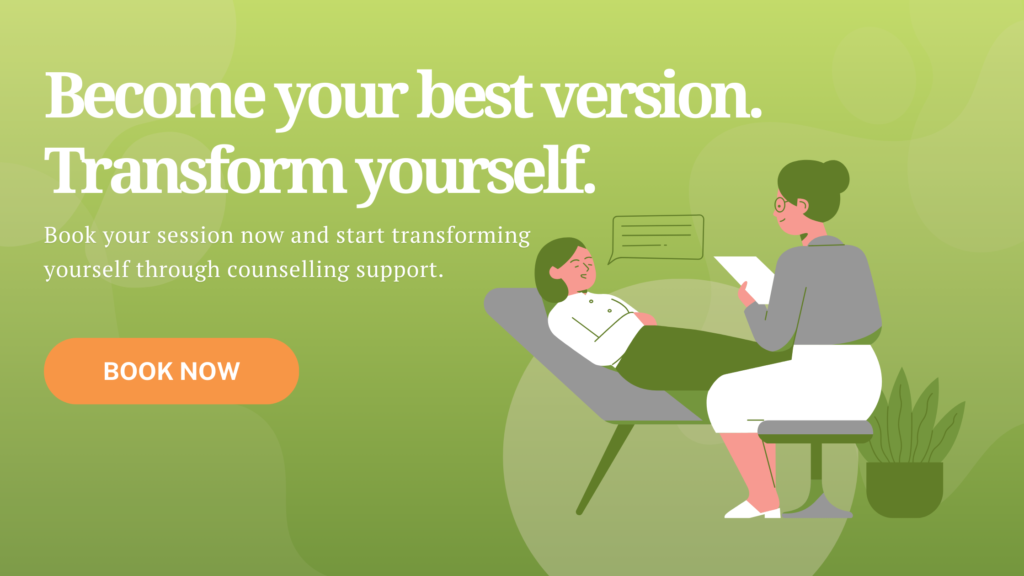
Do you see a cup half full or half empty? This question can seem trivial, but it actually can tell a lot about the way you see circumstances in life and, possibly, the way you feel most of the time. Research shows that people who see a cup as half full, a.k.a optimists, tend to have higher levels of happiness, perseverance, achievement, and health (Peterson, 2000, p. 47) compared to pessimists. Additionally, there is evidence that optimistic people are more likely to take proactive steps when it comes to their health, while pessimism is somewhat related to health-damaging behaviours. Accordingly, a positive attitude is related to higher levels of physical and mental health, increased life expectancy, success at the workplace and better coping strategies.
Although pessimists would say that optimism is the same as denial and oversimplification, and having a positive attitude is dangerous because these individuals will end up disappointed and hurt. However, research has strong evidence against those statements. As a matter of fact, the behavioural patterns of optimists appear to provide models of living for others to learn from. After all, increased life expectancy and health, as well as being successful and happy and making people around us feel the same way is what really matters in the end.
So, if being positive is so beneficial for happiness, can we somehow incorporate it into our lives? The answer is YES, you definitely can.
Learning Positive Attitude
Becoming optimistic and training yourself to look at the bright side takes work and discipline. If you tend to see things negatively, it will take some time to make optimism a thinking habit. But once you do, you’ll definitely notice the change in the way you feel and act. So, what should you do?
Notice Your Negative Thinking Patterns
Listen to your words and your thoughts. The longer you listen, the more you’ll recognize negative assumptions and conclusions. Catch yourself doing that and try to challenge those negative thoughts. Do you have enough evidence to support those statements? Where do you draw that pessimistic conclusion from? Try replacing these negative beliefs with positive, or at least neutral ones.
Give Yourself and Others a Positive Feedback
Give compliments. For some, it’s easier to blame others than to support them, but give it a try. Even if someone has done something poorly, recognize the effort and find something they’ve done well. This applies to you as well. When you accomplish something, maybe you have a tendency to tell yourself something like “oh, that’s nothing special” or “I was just lucky” or “everyone could do it”. This usually happens because you’re afraid that, if you take responsibility for your strengths and good actions, you’ll disappoint others the next time you fail. But this is false; taking positive feedback is not dangerous, nor is rejecting it the warranty of protection from disappointment. Recognize your irrational beliefs and work on overcoming them.
Be Grateful
Give thanks for small things in your life. It’s easy to get swallowed by difficulties of everyday life and forget about everything that make out life easier. But remembering to be grateful will eventually make you happy with what you have instead of being unhappy for what you don’t. Keeping a gratitude journal can be really beneficial, especially in the beginning of your practice.
Becoming optimistic can be really difficult and even feel fake in the beginning, but as time passes by, you’ll get better and better at this. If you’re persistent, you’ll just catch yourself one day naturally implementing positive attitude in your thinking pattern. So hang in there.
 Interested in learning more about coaching or therapy? Contact us today.
Interested in learning more about coaching or therapy? Contact us today.
References:
https://www.ncbi.nlm.nih.gov/pmc/articles/PMC4161121/
https://www.ncbi.nlm.nih.gov/pmc/articles/PMC2894461/
The Psychology of Optimism and Pessimism: Theories and Research Findings
https://psychology.as.uky.edu/optimism
